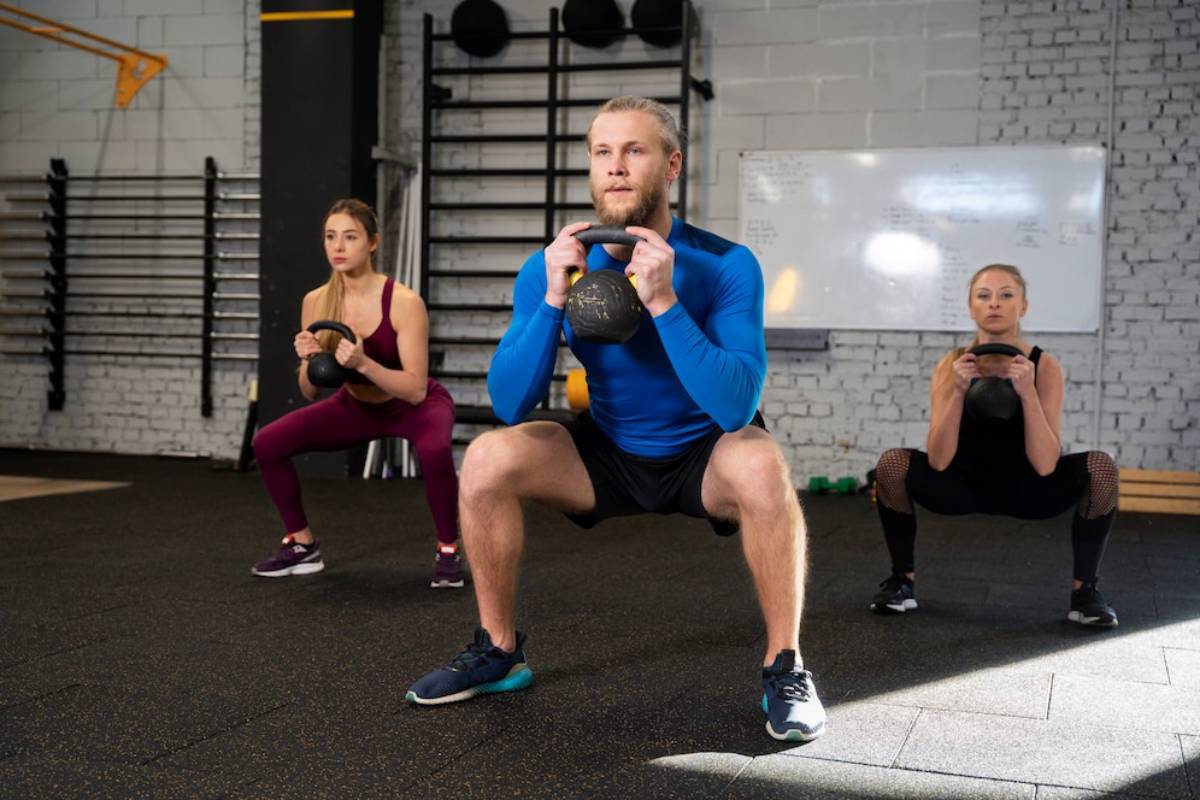
Visualisation Techniques to Achieve Workout Goals
Achieving fitness goals isn’t just about physical effort—it’s also about training your mind. Top athletes and fitness pros use visualization techniques. They help boost performance, build confidence, and maintain focus.
Visualisation is all about seeing yourself finish workouts, lift heavier weights, or achieve your fitness goals. This technique isn’t just motivational—it has real psychological and physiological benefits.
In this article, we’ll explore:
- How visualisation works
- The benefits of mental imagery in fitness
- Effective visualisation techniques to improve workouts
- Tips to make visualisation a daily habit
By the end, you’ll have the tools to strengthen your mind and maximise your training results.
The Science Behind Visualization and Fitness Success

How Visualization Works
Visualising an action lights up the same neural pathways in your brain as actually doing it. This strengthens the mind-muscle connection and enhances motor learning.
Studies show that visualising a workout can boost muscle activation and coordination. This happens even before you do the exercise. This is why many professional athletes visualise their performance before competing.
Key Benefits of Visualization in Fitness:
- Boosts Confidence: Seeing yourself succeed in your mind builds belief in your abilities.
- Enhances Focus: Visualization helps eliminate distractions and keeps you mentally engaged during workouts.
- Improves Performance: Research shows athletes who use visualisation techniques perform better than those who don’t.
- Boosts Motivation: Seeing your progress can make you more excited and committed to your training.
- Reduces Anxiety: Pre-workout nerves or self-doubt can be minimised through visualisation techniques.
Visualisation Techniques to Improve Your Workouts
1. Outcome Visualization: See Yourself Achieving Your Goal
Outcome visualisation involves mentally picturing yourself reaching a specific fitness goal.
How to Use Outcome Visualization:
- Close your eyes. Picture the moment you reach your goal. It could be lifting a personal record, finishing a race, or seeing your muscles grow.
- Focus on details: How does your body look? How do you feel? Who is around you?
- Repeat this mental image daily to reinforce belief in your progress.
Example:
To deadlift 300 lbs, picture yourself at the bar. Grip it tightly, then lift it with perfect form. Imagine the sense of accomplishment you’ll feel afterwards.
2. Process Visualization: Mentally Rehearse the Steps to Success
Process visualisation shows the steps needed to achieve your goal, unlike outcome visualisation.
How to Use Process Visualization:
- Picture yourself going through your entire workout routine, from warm-up to execution.
- Imagine perfect form, controlled breathing, and smooth movement.
- Visualise yourself overcoming challenges—such as pushing through fatigue or maintaining focus.
Example:
When training for a 5K, picture your pace and breathing. Imagine running strong and confident.
3. First-Person vs. Third-Person Visualization
You can visualise from two different perspectives, both of which can be beneficial.
First-Person Visualization:
- See the experience through your own eyes.
- Feel the weights in your hands, the tension in your muscles, and the sweat on your skin.
- This method strengthens mind-muscle connection and improves motor skills.
Third-Person Visualization:
- Picture yourself as an observer, watching your performance from an outside perspective.
- This method boosts self-assessment and motivation. It strengthens your view of yourself as a strong, capable athlete.
Which One to Use?
- First-person visualisation is best for improving technique and movement efficiency.
- Third-person visualisation helps boost motivation and self-confidence.
4. Pre-Workout Visualization: Mentally Prepare for Training
Spend a few minutes visualising before your workout. It can boost your focus, reduce anxiety, and improve your performance.
How to Do a Pre-Workout Visualization Session:
- Find a quiet space and close your eyes.
- Take a few deep breaths to relax.
- Picture yourself arriving at the gym feeling strong and confident.
- Visualise your first exercise—from setup to execution—using perfect form.
- Feel the muscles working, the movement flowing smoothly, and the sense of accomplishment.
This mental warm-up primes your body and mind for an effective session.
5. Overcoming Mental Barriers with Visualization
Many fitness challenges are mental rather than physical. If you feel self-doubt, hit a wall, or get anxious about workouts, try visualisation. It can help you get past these challenges.
Common Mental Barriers & Visualization Solutions:
- Fear of Failure: Picture yourself completing an exercise without hesitation.
- Lack of Motivation: Picture the rewards of staying consistent. You might see stronger muscles, better definition, or improved endurance.
- Workout Anxiety: Imagine being calm and confident at the gym. You won’t worry about what others think.
Reprogramming your mind with positive mental imagery can transform your fitness experience.
How to Make Visualization a Daily Habit
1. Combine Visualization with Your Morning Routine
Start your day by spending 2-5 minutes visualising your fitness goals and how you’ll execute them.
2. Use Visualization Before and During Workouts
Mentally rehearse each exercise before lifting or running. If a set gets tough, use visualisation mid-workout to push through.
3. Keep a Training Journal with Visualization Notes
Write down how you want your workout to feel and what success looks like. Reading this before training can reinforce a positive mindset.
4. Pair Visualization with Meditation or Deep Breathing
Incorporate visualisation into relaxation practices to reduce stress and increase focus.
5. Be Consistent
Like physical training, mental training requires regular practice. The more you visualise success, the more natural it becomes.
Conclusion: Visualisation Techniques to Achieve Workout Goals

Visualisation is a powerful tool. It can boost workout performance, build confidence, and keep you motivated. When you mentally rehearse success, you train your brain. This helps you push through mental barriers and reach new fitness levels.
Key Takeaways:
- Visualisation activates the brain’s motor pathways, enhancing movement and performance.
- Outcome visualisation helps you see success, while process visualisation focuses on perfect execution.
- Pre-workout visualisation improves focus, confidence, and motivation.
- Overcoming mental barriers starts with positive mental imagery.
- Consistent visualisation practice can elevate both physical and mental fitness.
Begin using visualisation techniques today. You’ll see how they change your workouts and mindset. Your body follows where your mind leads—so see yourself succeeding and make it happen.